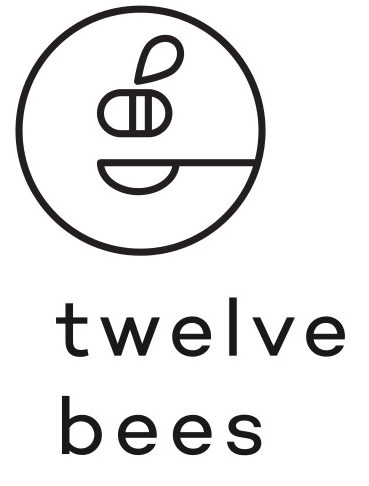

Every year, around April, the 12bees apiary begins its journey. A journey of flavours, aromas and colours. First station: the orange groves of Argos. The flowering of oranges lasts for about three weeks and gives plenty of nectar and nutritious pollen. The flowering of orange coincides with the reproduction period of beehives, helping the bees' colonies to grow and rapidly increase their population. Besides, this is the purpose of the first station.
In late May, the apiary is divided into two. Half of it travels to Stefani at Corinthia and the other half to Vlachokerassia at Arcadia. At Stefani of Korinthia, bees produce honey of thyme, thanks to the rich vegetation οf wild thyme that dominates in the surrounding area. Thyme blooms at the end of spring, and its flowering lasts until the beginning of the summer.
At Vlachokerasia of Arcadia, at the same time, the remaining half of the population produces honey of chestnut. The area is famous for its chestnut trees, for these rich in antioxidant trees, which bloom in June-July, giving a strong aroma. Chestnut nectar is an excellent quality food for the beekeepers and hence for our people.
And somewhere there, around the end of August, the journey is coming to an end. Then happens the collection of bees from both Stefani and Vlachokerasia, in order to eventually settle in Dervenakia, near Argos. In Dervenakia, bees collect pollen and nectar from the autumn heath that grows in the area. The heath is an uniquely valuable beekeeping plant and is particularly important for the redevelopment of the bees’ population at the beginning of winter.
Dervenakia is the last stop of the trip. A trip that will simply make a 7-month pause to start again at the beginning of April next year ...
In fact, the trip never stops.